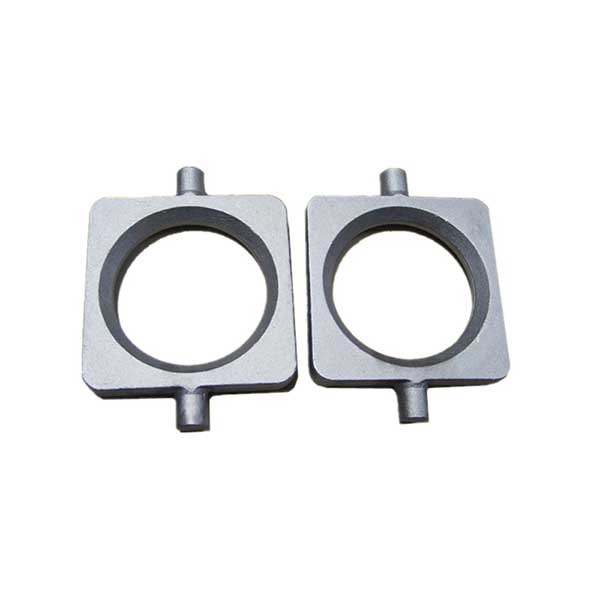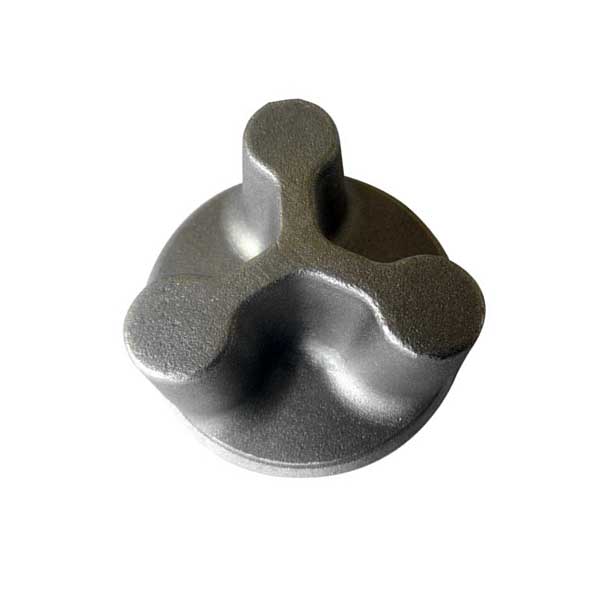Forging transforms metal workpieces by compression at cold, hot or hot temperatures. Cold forging increases the strength of a metal by hardening it at room temperature. Hot forging achieves optimum yield strength, low hardness, and high ductility by hardening the metal at extremely high temperatures. Whether to use hot or cold forging depends on the function, industry and production volume of the finished part.
The difference between hot forging and cold forging
While cold forging compresses metal at room temperature, hot forging requires high temperatures. The main difference between cold forging and hot forging is that the high temperature of hot forging gives the metal a finer and more complex shape than cold forging.
Hot forging
The hot forging temperature varies depending on the metal type. Hot forging begins by heating the die to prevent any temperature loss during the process and to ensure that crystallization does not occur until the forming is complete. Heating makes the metal more ductile. When the pressure of the die squeezes the hot metal, the structure transforms into finer grains, which increase yield strength and ductility.

Factors to consider when hot forging include:
Cool down
If the metal cools to a temperature below the minimum threshold, the forging is complete. If this happens before reaching the final shape, the metal must be reheated.
Tolerance
The dimensional tolerances of hot forging are not as precise as cold forging.
Specification
Hot forging dies are customized according to customer’s part specifications.
Cold forging
Cold forging uses a displacement process to shape the material into the desired shape. The compressive force squeezes the metal between the punch and die at room temperature until the material conforms to the contour of the die. Cold forging techniques include rolling, pressing, drawing, spinning, upsetting and extrusion.
Factors to consider when cold forging include:
Material volume
Careful control of material volume prevents stress and damage, especially in closed forging, as excess material has nowhere to escape.
Bonding
This coating process improves material flow during the process to reduce forces, stresses and friction while improving surface quality.
Annealing
Annealing softens metal and improves material flow. It can be applied as an intermediate process when work hardening occurs before the forging process is completed.
Lubricating
Lubrication is critical in the cold forging process. High-viscosity oil prevents metal-to-metal friction, and thin oil dissipates heat.

Advantages and disadvantages of hot forging and cold forging
Advantages of hot and cold forging
Hot forging adds ductility to more complex parts and allows for more customization options; cold forging produces no waste, requires little finishing, maintains dimensional accuracy, and produces high surface quality.
Disadvantages of hot and cold forging:
Additional cost of hot forging heat treatment, less precise dimensional tolerances, risk of warpage; cold forging has few custom options, risk of residual stress, may require heat treatment.
The above is about the process difference between hot forging and cold forging. When choosing which forging process to use, you must understand its characteristics in advance.


